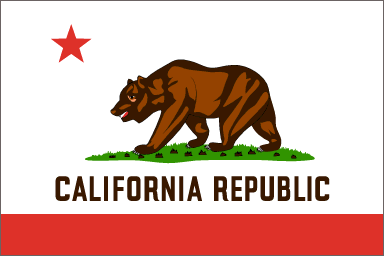d32123
Banned
The Republic of Texas is a constitutional presidential republic located in between the Republic of Mexico and the United States of America. Texas seceded from the Confederate States of America during the Second Great War in 1944 and has remained a close ally of the United States since.
Texan Whig Party
The Texan Whig Party is a center-right political party that has dominated Texan politics since its independence. Formed by the founder of the Republic, Wright Patman, the Texan Whig party models itself after the old Confederate Whig Party. The party is very socially conservative compared to their neighbors to the north, only legalizing sodomy in 1997 and abortion in 2006. The party also supports fiscally conservative policies, keeping taxes some of the lowest in the developed world. At the Republic's founding, the Texan Whig Party was heavily backed by the United States both financially and militarily as well during the 1956 Uprising. The Texan Whig Party played a strong role in the Defreedomization of the nation shortly after its founding. Today, the Texan Whig Party receives electoral support from upper, middle, and white working class Texans.
Texan Liberal Party
The Texan Liberal Party is a center to center-left political party that has served as the opposition party in Texan politics since its independence. The Texan Liberal Party was founded by old Radical Liberal Confederates and models itself after the old party. The Liberals are the less socially conservative of the two parties and support the expansion of the welfare state. The party draws support primarily from African and Latin Texans as well as many labor unions.
Socialist Party
The Socialist Party is a center-left political party that bases itself after the old Confederate Socialist Party. Although the Texan Socialists are affiliated with their United States counterparts, the Texas version has been a lot less successful while being frozen out by the two-party system. They routinely run candidates for President, with Felipe Rodriguez receiving the most votes ever with 2.3% in 1968.
Texan National Party
The Texan National Party is a defunct and illegal far-right political party that rose to prominence after leading the 1956 Uprising. Despite the constitutional ban on Freedomite political parties, the Texan National Party managed to pass examination as "sufficiently democratic" and were allowed to run in the 1956 Presidential election behind their candidate Henry Neal. After Neal lost to the U.S.-backed Whig candidate, he declared the result invalid and party members attempted to launch an armed revolution. They managed to bring several cities under their control before the U.S. Army rolled across the border and crushed the uprising. Neal and his followers were executed as traitors under Texan Law and the National Party was banned.
Texan Whig Party
The Texan Whig Party is a center-right political party that has dominated Texan politics since its independence. Formed by the founder of the Republic, Wright Patman, the Texan Whig party models itself after the old Confederate Whig Party. The party is very socially conservative compared to their neighbors to the north, only legalizing sodomy in 1997 and abortion in 2006. The party also supports fiscally conservative policies, keeping taxes some of the lowest in the developed world. At the Republic's founding, the Texan Whig Party was heavily backed by the United States both financially and militarily as well during the 1956 Uprising. The Texan Whig Party played a strong role in the Defreedomization of the nation shortly after its founding. Today, the Texan Whig Party receives electoral support from upper, middle, and white working class Texans.
Texan Liberal Party
The Texan Liberal Party is a center to center-left political party that has served as the opposition party in Texan politics since its independence. The Texan Liberal Party was founded by old Radical Liberal Confederates and models itself after the old party. The Liberals are the less socially conservative of the two parties and support the expansion of the welfare state. The party draws support primarily from African and Latin Texans as well as many labor unions.
Socialist Party
The Socialist Party is a center-left political party that bases itself after the old Confederate Socialist Party. Although the Texan Socialists are affiliated with their United States counterparts, the Texas version has been a lot less successful while being frozen out by the two-party system. They routinely run candidates for President, with Felipe Rodriguez receiving the most votes ever with 2.3% in 1968.
Texan National Party
The Texan National Party is a defunct and illegal far-right political party that rose to prominence after leading the 1956 Uprising. Despite the constitutional ban on Freedomite political parties, the Texan National Party managed to pass examination as "sufficiently democratic" and were allowed to run in the 1956 Presidential election behind their candidate Henry Neal. After Neal lost to the U.S.-backed Whig candidate, he declared the result invalid and party members attempted to launch an armed revolution. They managed to bring several cities under their control before the U.S. Army rolled across the border and crushed the uprising. Neal and his followers were executed as traitors under Texan Law and the National Party was banned.
